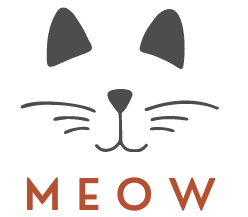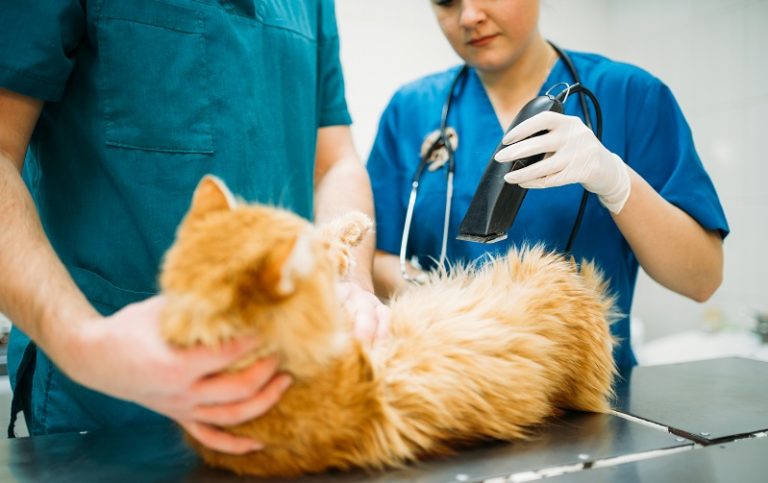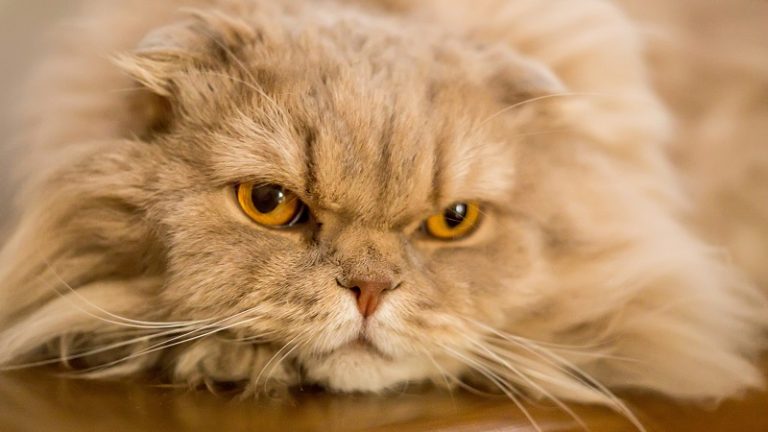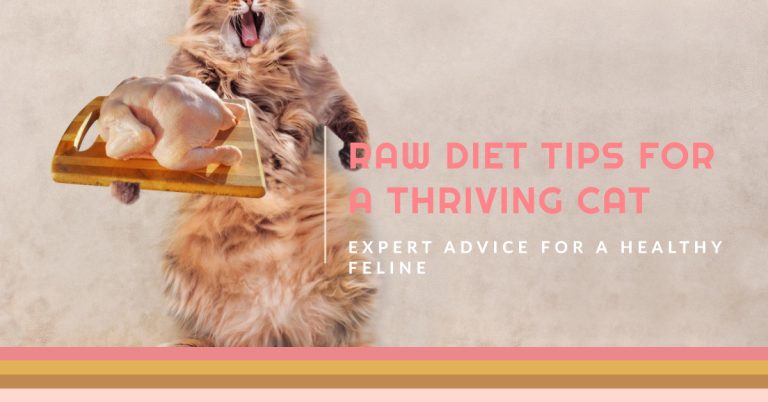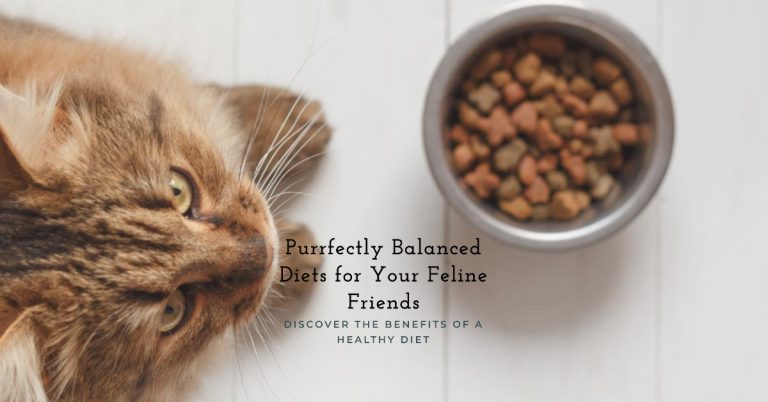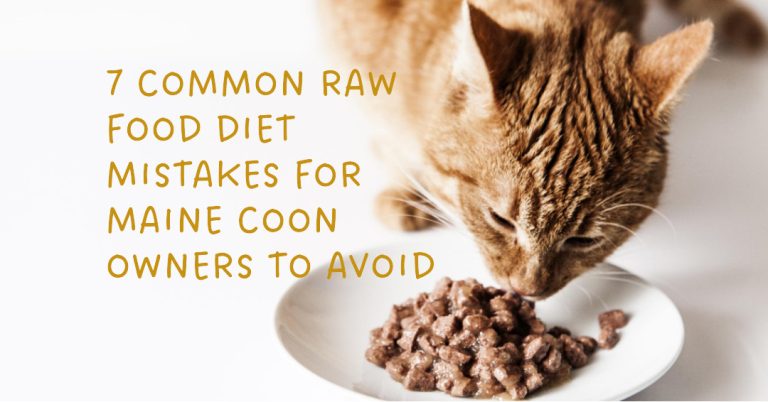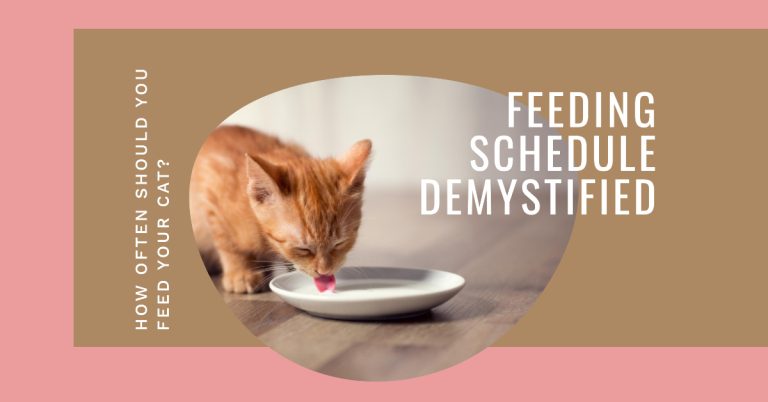Raw Food vs. Commercial Cat Food: Which Is Healthier?
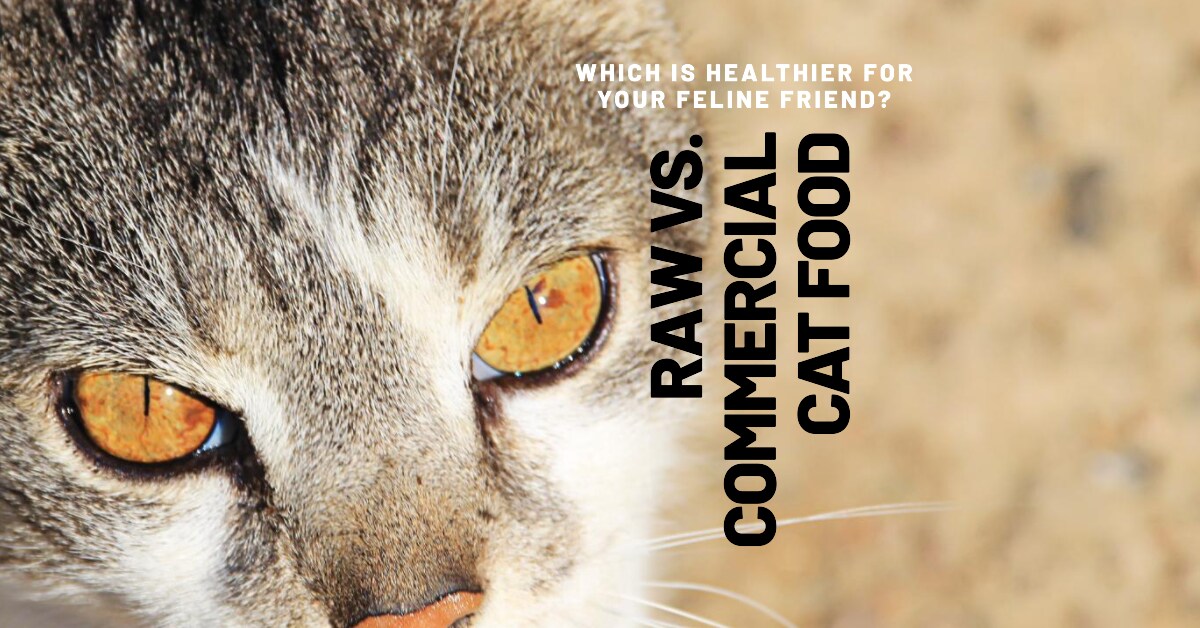
Introduction
Caring for our beloved feline companions involves making choices that directly impact their health and well-being. One of the most significant choices is deciding between raw food and commercial cat food. In this informative article, we will delve into the debate of Raw Food vs. Commercial Cat Food: Which Is Healthier? By the end, you’ll have the knowledge needed to make an informed decision for your furry friend.
Read A Comprehensive Guide : Unlocking the Potential of Maine Coon Raw Diet
The Raw Food Revolution
What Is Raw Cat Food?
Raw cat food, often referred to as a “biologically appropriate raw food” (BARF) diet, consists of uncooked meats, bones, and sometimes vegetables. This diet aims to mimic a cat’s natural diet in the wild.
Benefits of Raw Cat Food
- Enhanced Nutrient Absorption: Raw food contains natural enzymes and nutrients that can be easily absorbed by your cat’s body.
- Improved Dental Health: Chewing on raw bones can help clean your cat’s teeth and gums, reducing the risk of dental problems.
- Shiny Coat and Healthy Skin: A well-balanced raw food diet can contribute to a lustrous coat and healthy skin.
Concerns about Raw Cat Food
- Risk of Bacterial Contamination: Raw food can be a breeding ground for harmful bacteria like Salmonella, posing risks to both cats and their owners.
- Nutritional Imbalance: Preparing a balanced raw diet can be challenging, and an unbalanced diet may lead to nutrient deficiencies.
- Expense and Time-Consuming: Raw diets can be costly and time-consuming to prepare.
The Commercial Cat Food Solution
Types of Commercial Cat Food
Commercial cat food comes in various forms, including dry kibble, canned wet food, and semi-moist pouches. Each type has its advantages and disadvantages.
Benefits of Commercial Cat Food
- Convenience: Commercial cat food is easy to store and serve, making it a convenient choice for busy cat owners.
- Nutritional Balance: Reputable commercial cat foods are formulated to provide balanced nutrition, meeting cats’ dietary needs.
- Long Shelf Life: Dry kibble has a long shelf life, reducing the risk of spoilage.
Concerns about Commercial Cat Food
- Fillers and Additives: Some commercial cat foods contain fillers and additives that may not be beneficial for your cat’s health.
- Dental Health: Dry kibble may not be as effective in maintaining dental health as raw bones.
- Allergies and Sensitivities: Cats may develop allergies or sensitivities to certain ingredients in commercial food.
Raw Food vs. Commercial Cat Food: Which Is Healthier?
When determining whether raw food or commercial cat food is healthier for your pet, consider the following factors:
- Your Cat’s Health: If your cat has specific health issues or dietary requirements, consult your veterinarian for personalized advice.
- Budget and Convenience: Assess your budget and lifestyle to determine which option is more feasible for you.
- Food Safety: Ensure proper food handling and safety measures if you choose raw food.
- Quality of Commercial Food: Opt for high-quality commercial cat food brands that prioritize your cat’s well-being.
FAQs
Is it safe to feed my cat raw food?
Yes, it can be safe if handled and prepared correctly. Consult your veterinarian for guidance.
Will raw food improve my cat’s coat?
A balanced raw food diet may contribute to a shinier coat, but individual results vary.
Are there any commercial cat food brands you recommend?
Some reputable brands include Hill’s Science Diet, Royal Canin, and Blue Buffalo. Always check with your vet for recommendations tailored to your cat’s needs.
How can I transition my cat from commercial food to raw food?
Gradually introduce small amounts of raw food into their diet while reducing the commercial food portion.
Can commercial cat food lead to allergies?
It’s possible, as some cats may be sensitive to ingredients in commercial food. Monitor your cat for any adverse reactions.
Which is more cost-effective in the long run?
Commercial cat food is generally more budget-friendly, but the cost of raw food may vary depending on your location and supplier.
Conclusion
In the debate of Raw Food vs. Commercial Cat Food: Which Is Healthier?, there is no one-size-fits-all answer. The choice ultimately depends on your cat’s individual needs, your lifestyle, and your budget. Whether you opt for the convenience of commercial cat food or the potential benefits of raw food, remember to prioritize your cat’s health and well-being. Consult with your veterinarian to make the best choice for your feline friend.
